Throughout history, many ancient recipes have stood the test of time, continuing to delight taste buds around the world. These culinary treasures offer not only delicious flavors but also a rich tapestry of cultural heritage. From savory main dishes to sweet treats, these time-honored recipes connect us to our ancestors and their traditions, providing a window into the past while remaining beloved staples in modern kitchens. Here are 20 ancient recipes that are still enjoyed today, each with its unique story and enduring appeal.
Sushi (Japan)
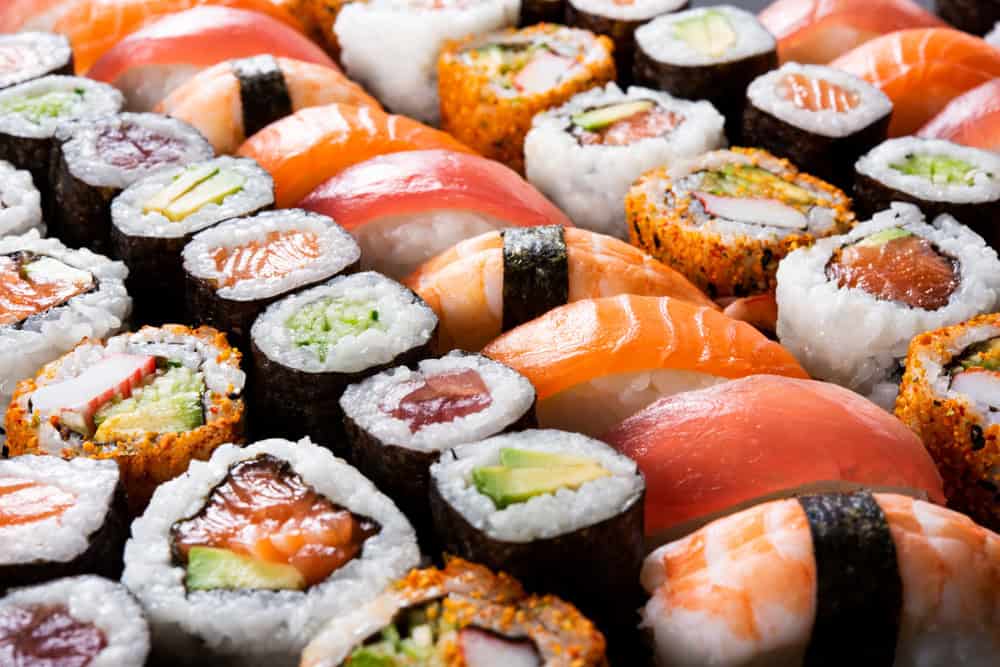
Sushi, with origins dating back to the 8th century, began as a method of preserving fish in fermented rice. Over centuries, it evolved into the modern delicacy we enjoy today, characterized by vinegared rice paired with raw fish, vegetables, and seaweed. Sushi remains a symbol of Japanese culinary art, celebrated for its delicate balance of flavors and textures.
Hummus (Middle East)
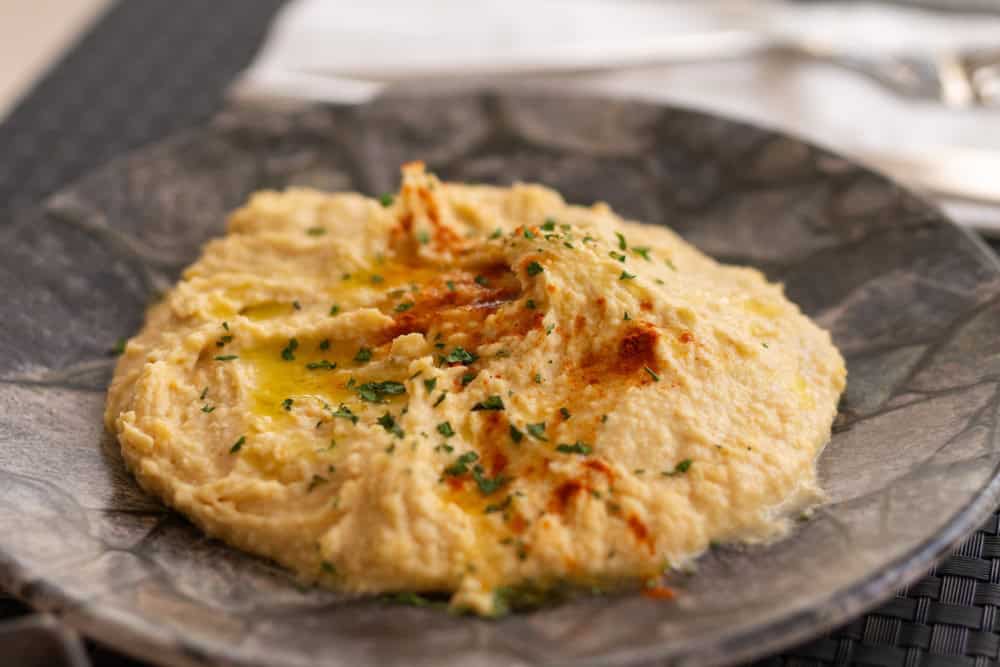
With roots in ancient Egypt, hummus is a creamy dip made from blended chickpeas, tahini, lemon juice, and garlic. This nutritious and versatile spread has been a staple in Middle Eastern diets for centuries, known for its health benefits and adaptability in various dishes, from appetizers to main courses.
Moussaka (Greece)
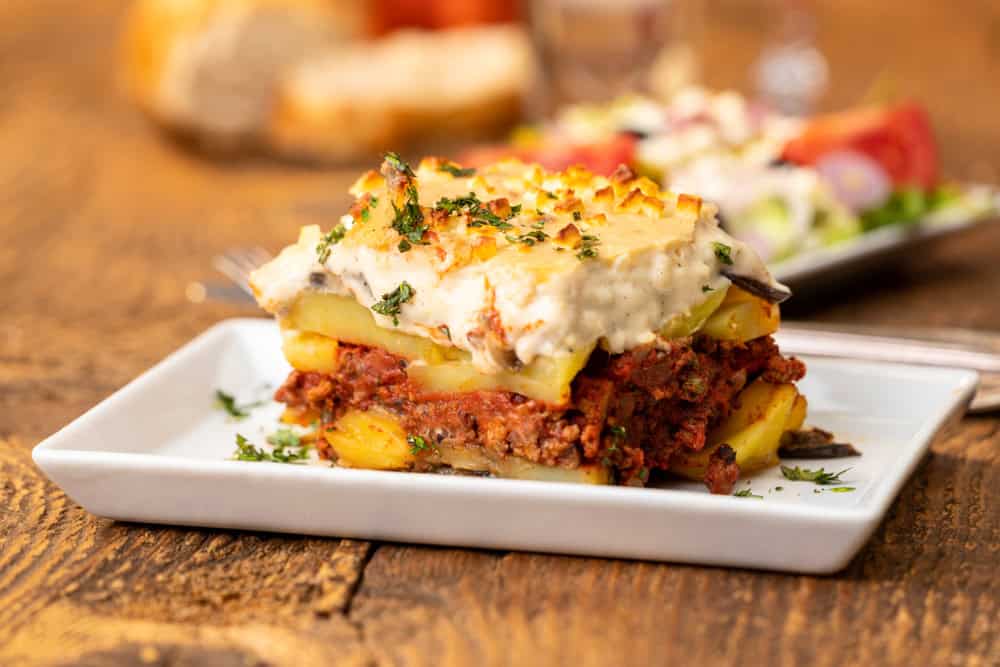
This layered dish of eggplant, minced meat, and béchamel sauce dates back to ancient Greece. While variations exist throughout the Balkans and the Middle East, the Greek version, popularized in the 1920s by chef Nikolaos Tselementes, is the most widely recognized. Moussaka remains a beloved comfort food, celebrated for its rich, hearty flavors.
Peking Duck (China)
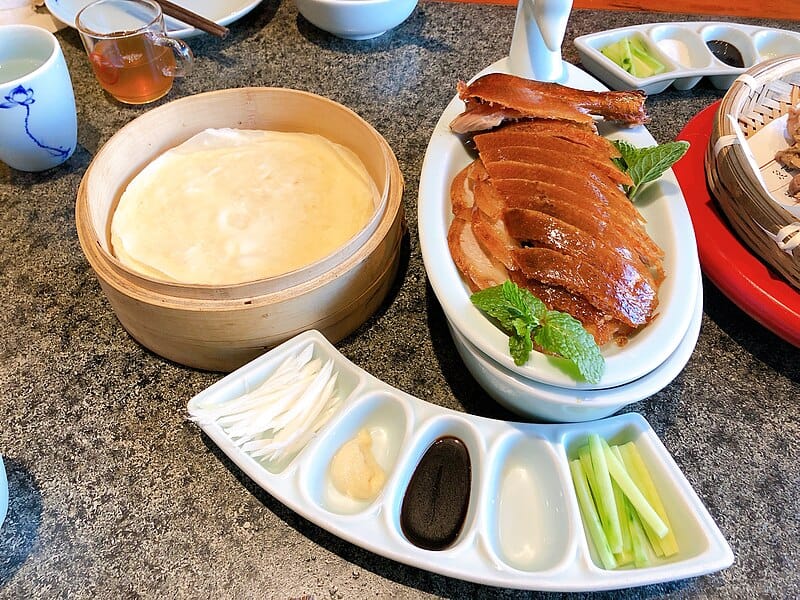
Peking Duck, a dish with over 600 years of history, was first served in the imperial courts of the Yuan Dynasty. This culinary masterpiece features crispy, lacquered skin and tender meat, often served with thin pancakes, hoisin sauce, and scallions. It remains a symbol of Chinese gastronomy, cherished for its intricate preparation and exquisite taste.
Tamales (Mexico)
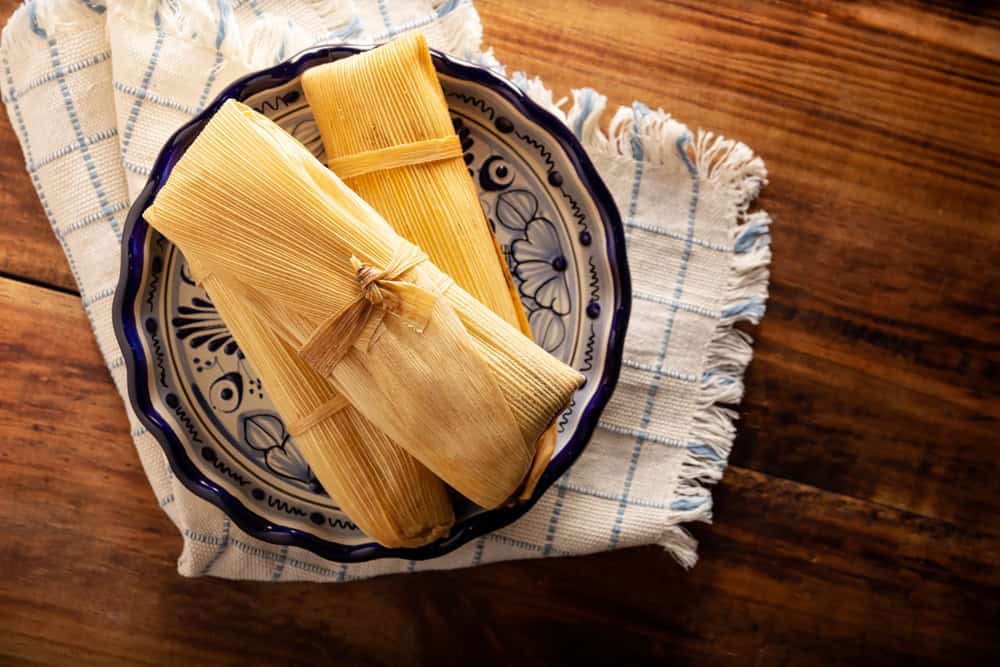
Tamales, dating back to the Aztec and Mayan civilizations, are made from masa (corn dough) filled with meats, cheeses, or vegetables, wrapped in corn husks, and steamed. This ancient dish has endured through centuries, remaining a festive food enjoyed during celebrations and holidays, prized for its versatility and comforting flavors.
Kimchi (Korea)
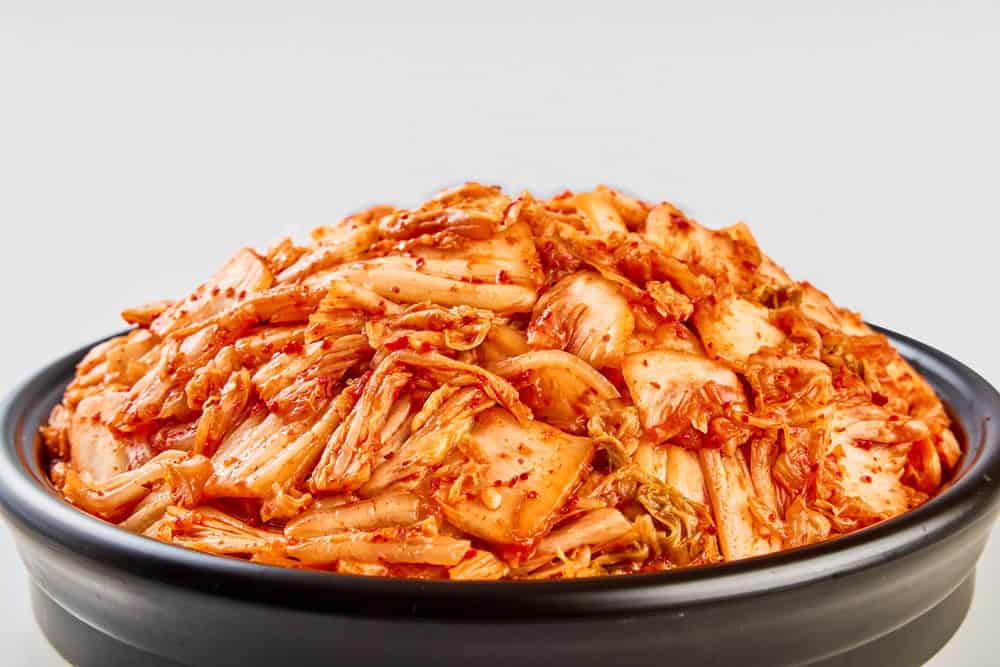
Kimchi, a staple in Korean cuisine for over 2,000 years, is made from fermented vegetables, primarily cabbage and radishes, seasoned with chili pepper, garlic, ginger, and fish sauce. This probiotic-rich dish is celebrated for its bold, tangy flavors and health benefits, playing a crucial role in Korean culture and meals.
Falafel (Middle East)
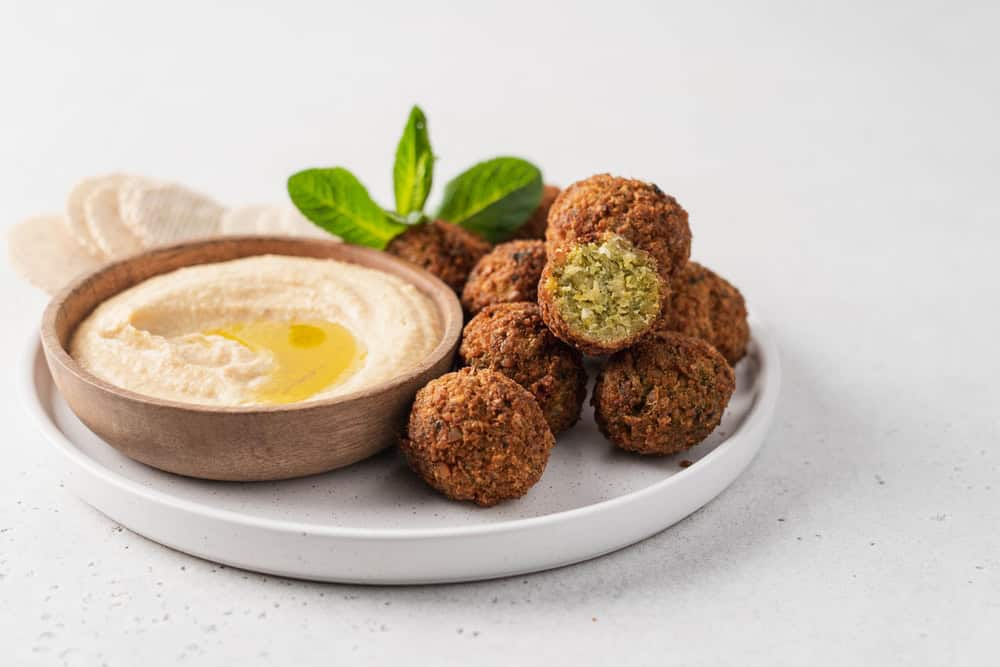
Originating from Egypt, falafel consists of deep-fried balls or patties made from ground chickpeas or fava beans, mixed with herbs and spices. This ancient street food has spread throughout the Middle East and beyond, admired for its crispy texture and savory taste, often served in pita bread with tahini or hummus.
Kibbeh (Levant)
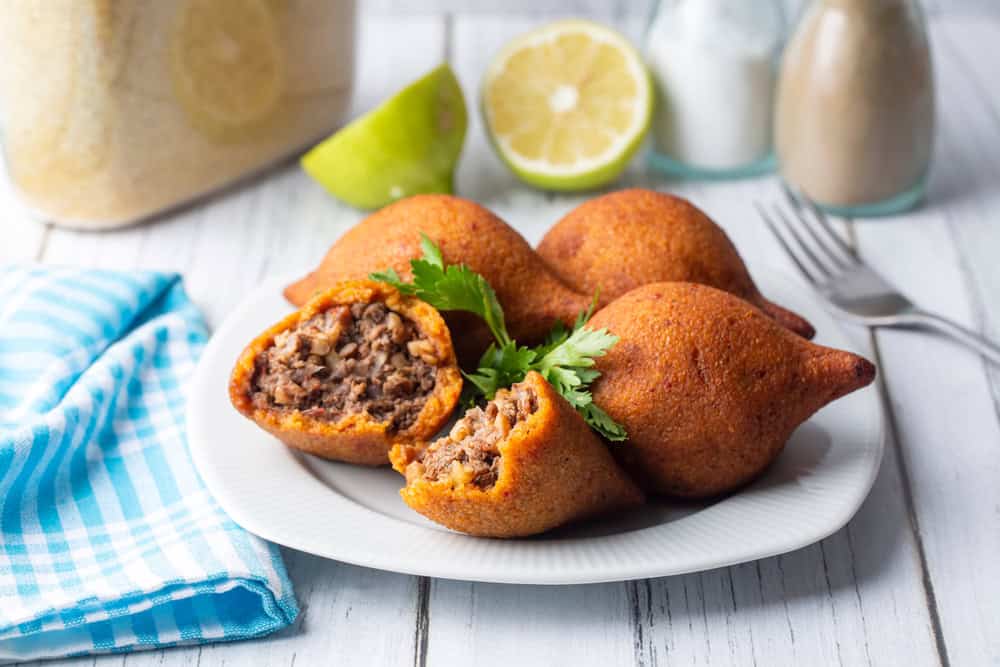
Kibbeh, with origins in the Levantine region, is a dish made from bulgur wheat, minced onions, and finely ground lean beef, lamb, or goat, seasoned with spices. Shaped into balls or patties and baked or fried, kibbeh remains a beloved part of Middle Eastern cuisine, appreciated for its hearty and aromatic qualities.
Polenta (Italy)
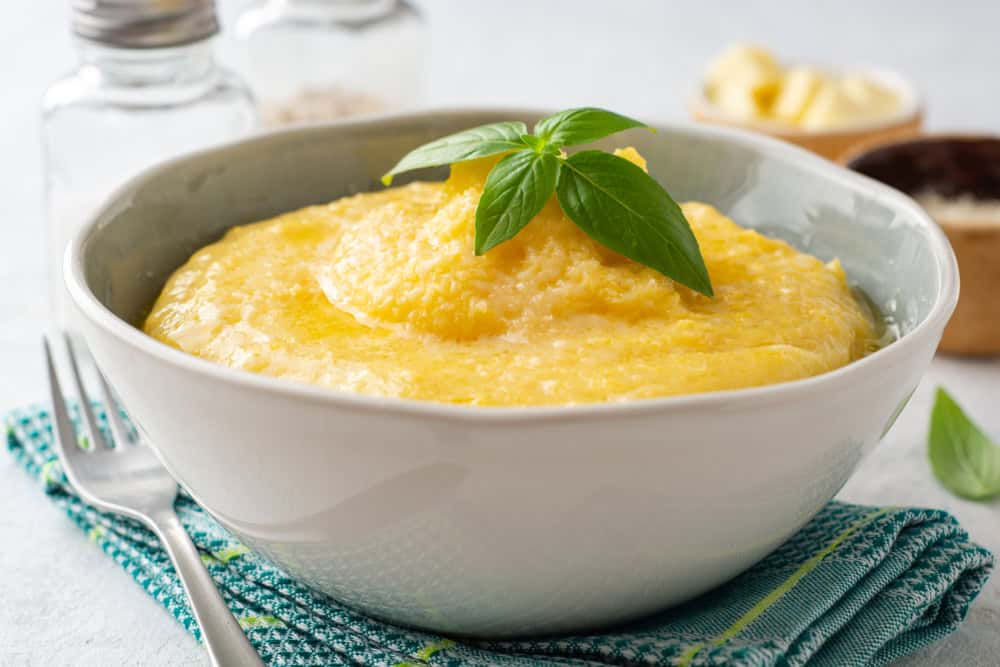
Polenta, a dish dating back to ancient Rome, is made from boiled cornmeal, often served as a creamy porridge or allowed to set and then baked, grilled, or fried. Once a peasant food, polenta has become a versatile and cherished dish in Italian cuisine, known for its comforting texture and ability to complement various toppings and sauces.
Sauerbraten (Germany)
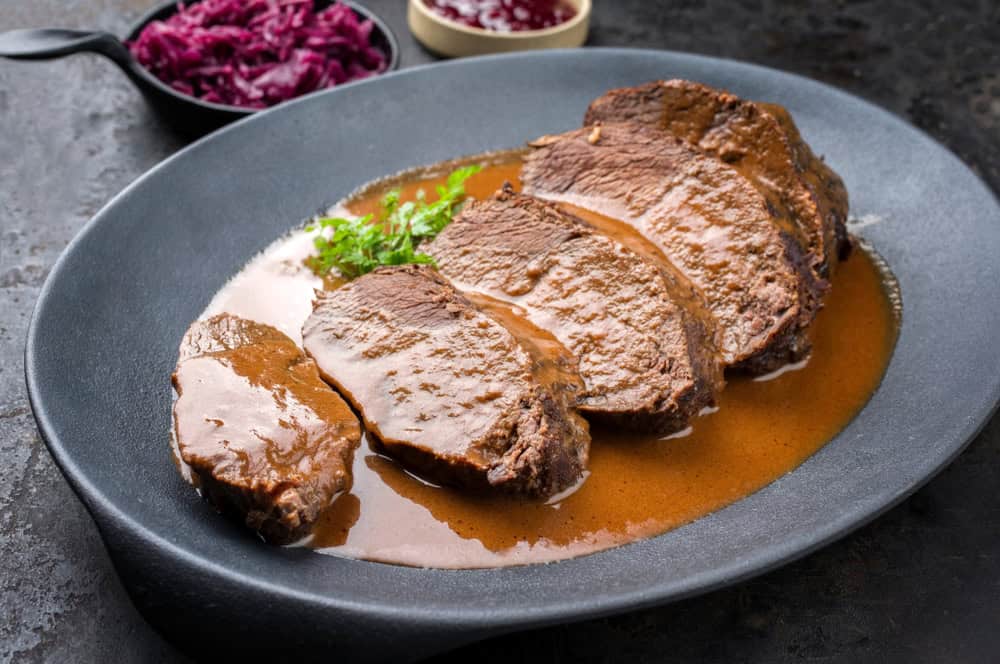
Sauerbraten, a traditional German pot roast, involves marinating beef in a mixture of vinegar, water, and spices for several days before slow-cooking. This method, which dates back to ancient times, tenderizes the meat and infuses it with a rich, tangy flavor. Sauerbraten remains a favorite in German households, especially during festive occasions.
Paneer (India)
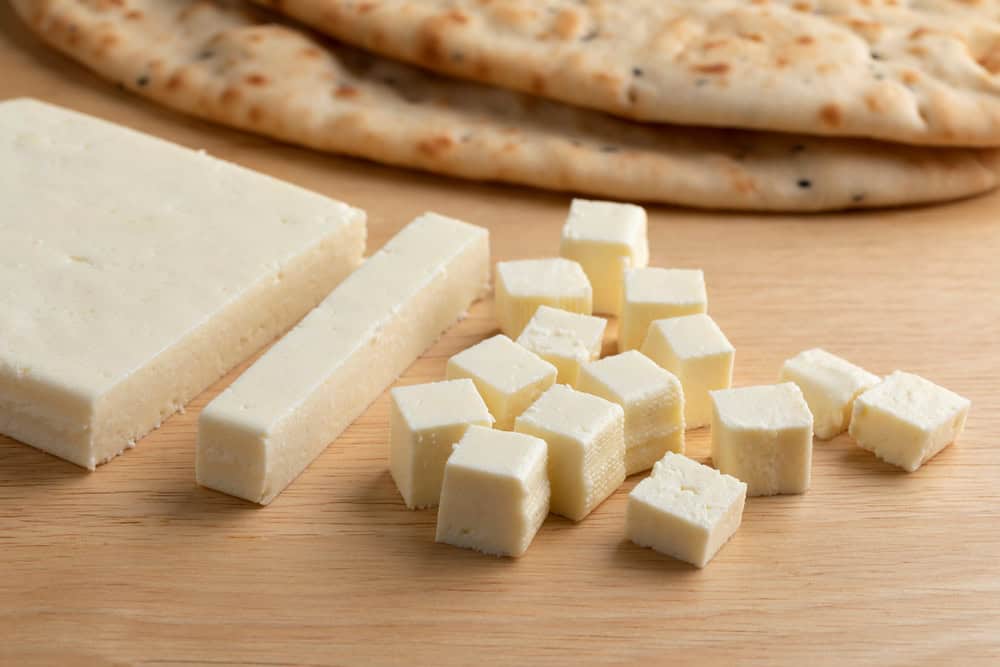
Paneer, a type of fresh cheese, has been a staple in Indian cuisine for centuries. Made by curdling milk with lemon juice or vinegar, paneer is versatile and used in a variety of dishes, from rich curries to grilled kebabs. Its mild flavor and firm texture make it a beloved ingredient in vegetarian and non-vegetarian dishes alike.
Couscous (North Africa)
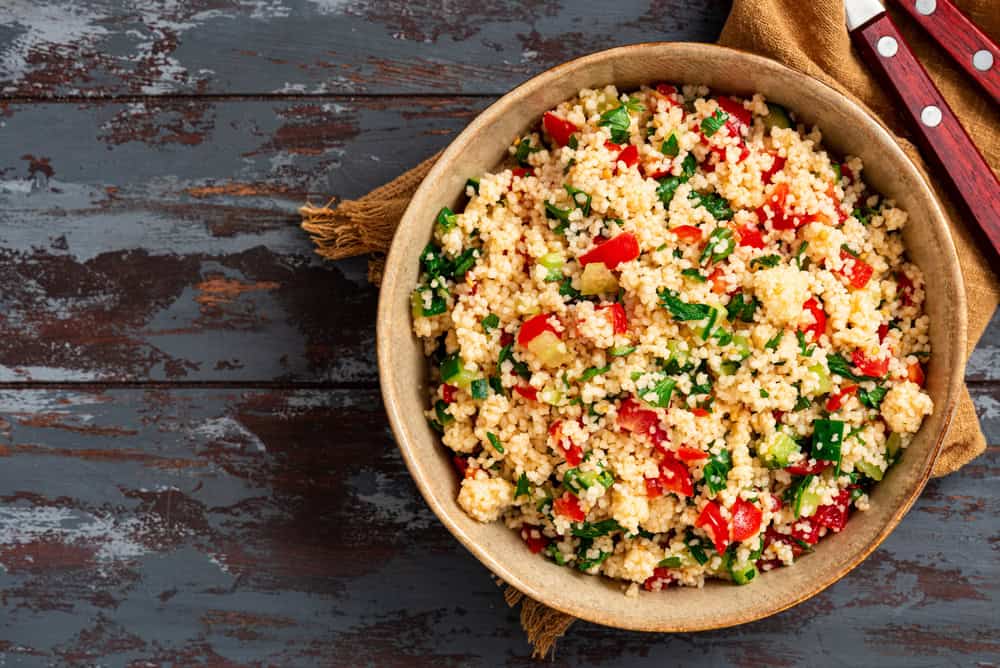
Couscous, a dish of steamed semolina grains, has origins in Berber culture. Traditionally served with meat or vegetable stews, couscous is a versatile and nourishing staple in North African cuisine. Its light, fluffy texture and ability to absorb flavors make it a favorite in many households worldwide.
Borscht (Eastern Europe)
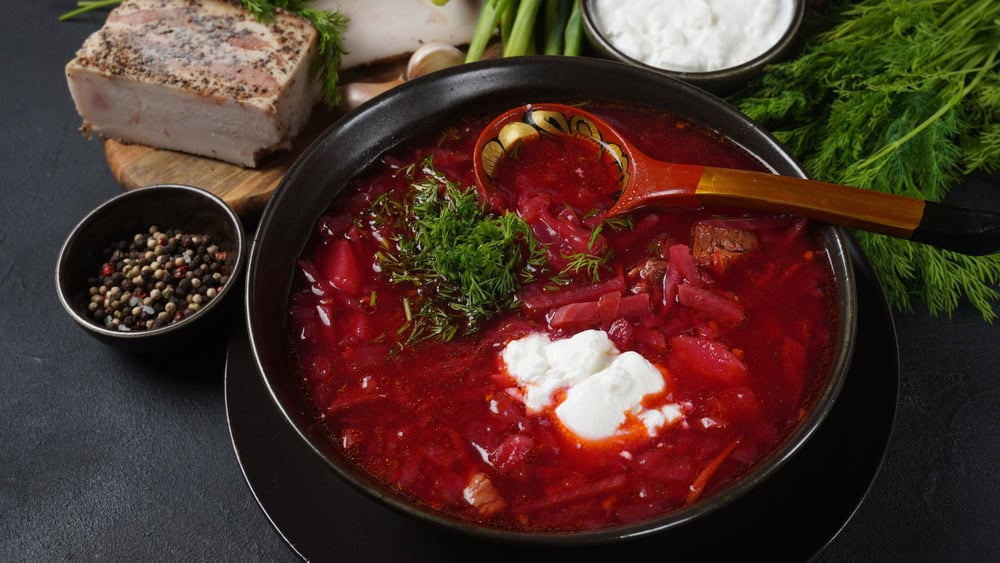
Borscht, a beet soup with roots in Ukraine and Russia, dates back to medieval times. This vibrant dish, often served hot or cold, combines beets, cabbage, potatoes, and sometimes meat, creating a hearty and nutritious meal. Borscht is celebrated for its earthy flavors and distinctive color, remaining a symbol of Eastern European culinary heritage.
Porridge (Global)
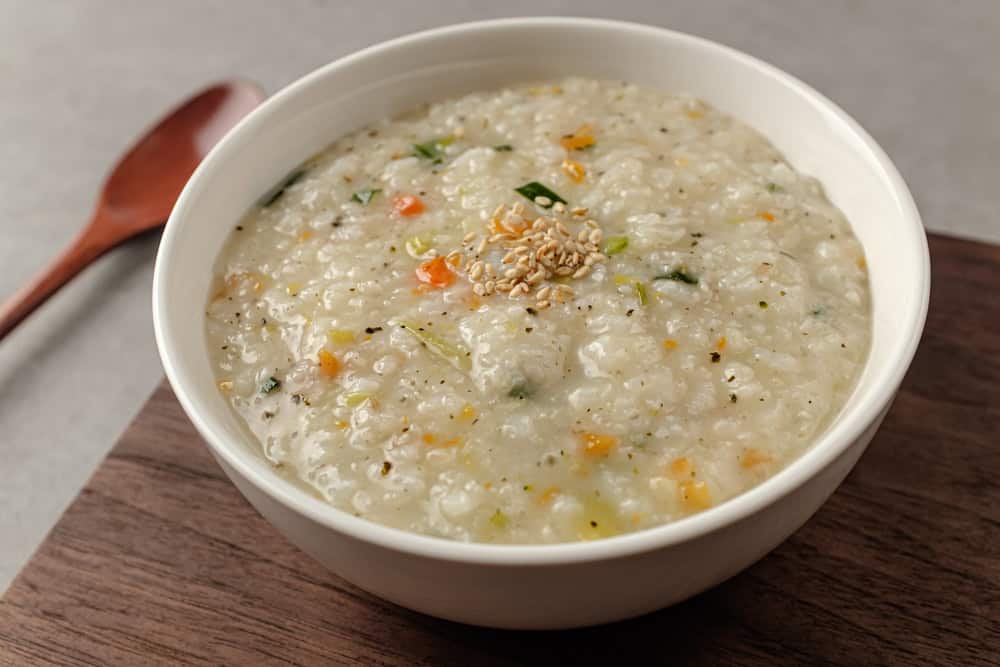
Porridge, made from boiled grains such as oats, barley, or rice, has been a staple food across various cultures for millennia. Its simple preparation and versatility in sweet or savory variations have made it a popular breakfast choice. Rich in nutrients and easy to digest, porridge continues to be enjoyed worldwide.
Ceviche (Peru)
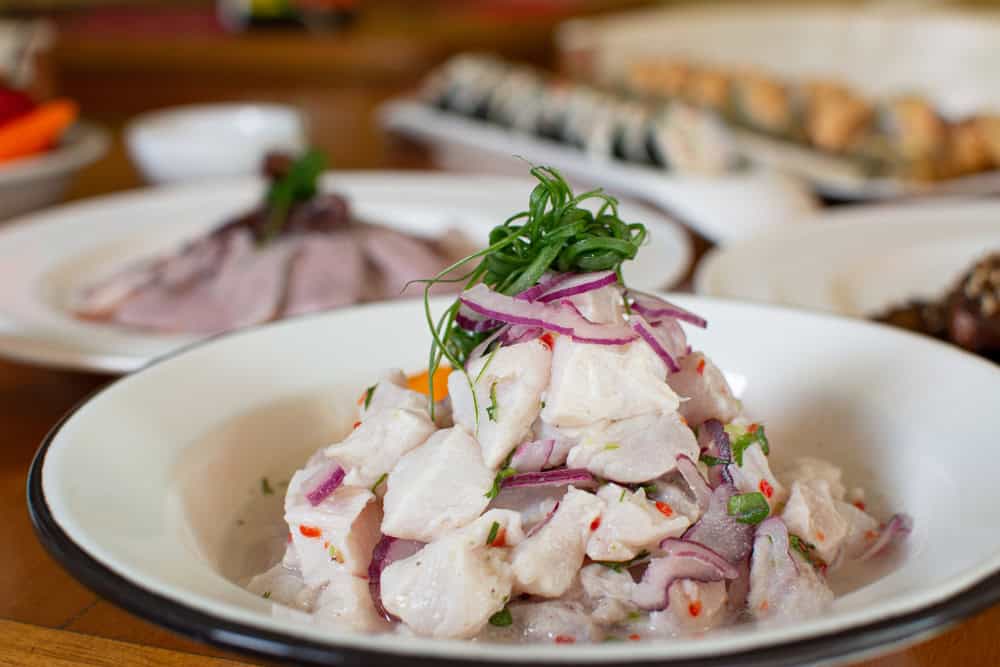
Ceviche, a dish of marinated raw fish or seafood, originated in Peru over 2,000 years ago. The fish is “cooked” in citrus juice, usually lime, and mixed with onions, cilantro, and chili peppers. This refreshing and tangy dish is a testament to the ancient coastal culinary traditions of South America, enjoyed for its light and vibrant flavors.
Goulash (Hungary)
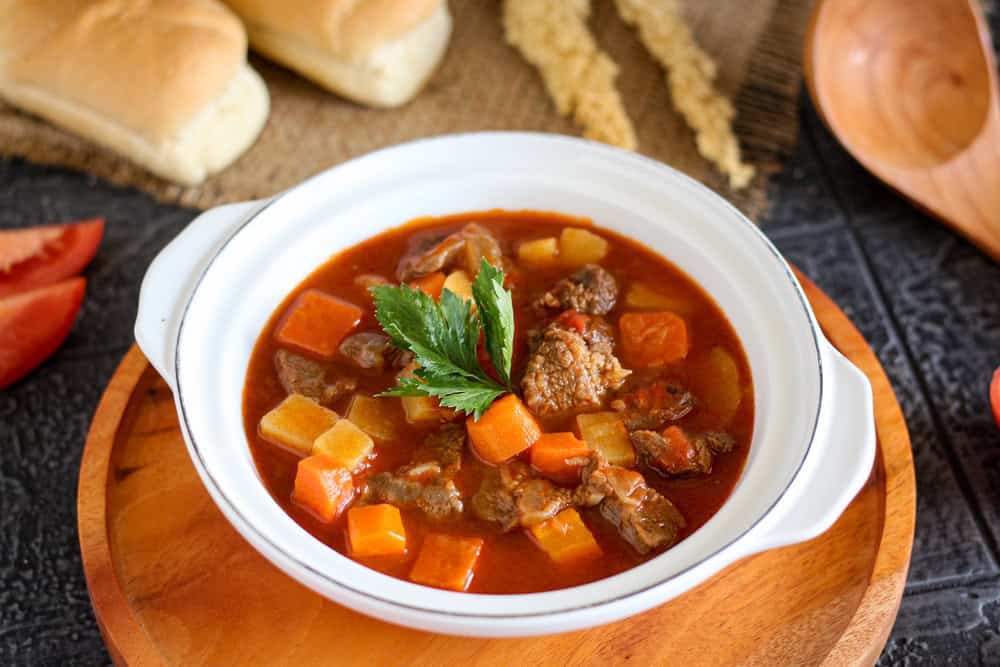
Goulash, a hearty stew of meat, vegetables, and paprika, has its origins in medieval Hungary. Originally prepared by shepherds, this dish has become a national symbol of Hungarian cuisine. Known for its rich and warming flavors, goulash is enjoyed as a comforting meal, especially during cold weather.
Baklava (Turkey)
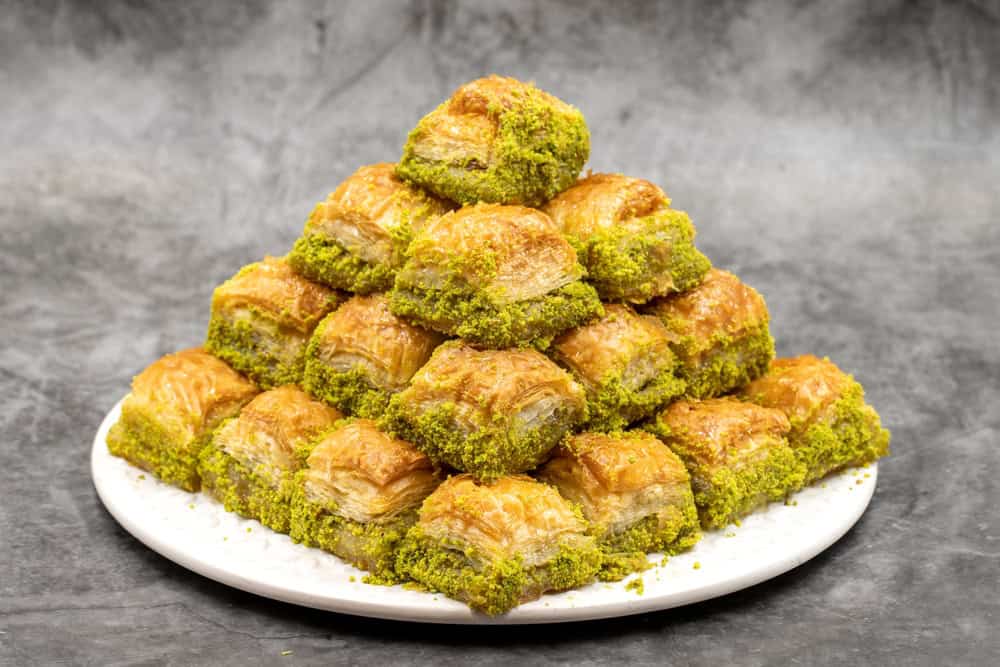
Baklava, a sweet pastry made of layers of filo dough filled with chopped nuts and sweetened with honey or syrup, dates back to the Ottoman Empire. This dessert is cherished for its flaky texture and rich sweetness, remaining a popular treat in Turkey and throughout the Middle East.
Tabbouleh (Levant)
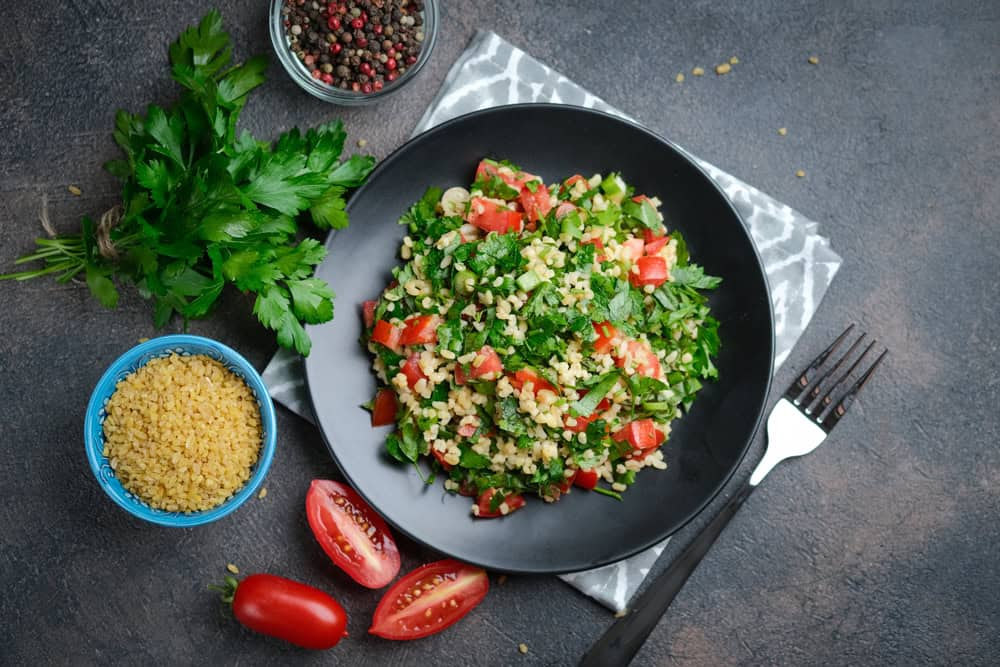
Tabbouleh, a salad made from finely chopped parsley, tomatoes, onions, mint, and bulgur, dressed with olive oil and lemon juice, originates from the Levant region. This fresh and vibrant dish is celebrated for its health benefits and refreshing taste, commonly served as a part of mezze in Middle Eastern cuisine.
Pierogi (Poland)
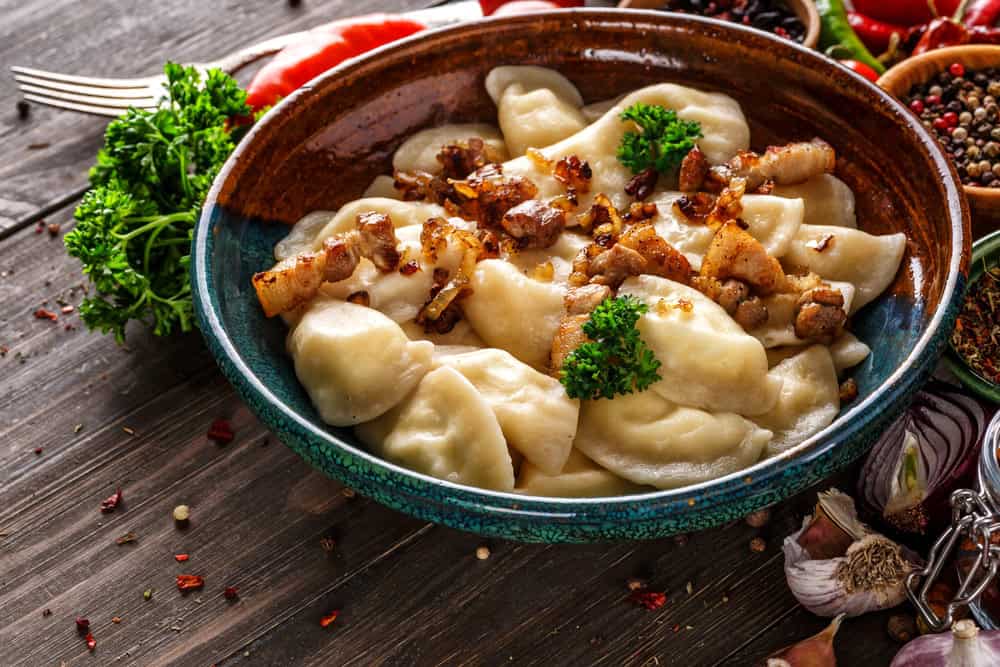
Pierogi, dumplings filled with various ingredients such as potatoes, cheese, meat, or fruit, have been a beloved part of Polish cuisine for centuries. These versatile dumplings, often boiled and then fried, are enjoyed for their comforting and hearty nature, especially during festive occasions and holidays.
This article originally appeared on Rarest.org.
More From Rarest.Org
Paris, often hailed as the city of light, is synonymous with romance, culture, and unparalleled luxury. It is home to some of the world’s most lavish hotels, where opulence and grandeur meet to create unforgettable experiences. Read more.
In “The 15 Rarest McLaren Cars Ever Made,” we embark on an exciting journey through the elite realm of McLaren’s most exclusive automotive creations. From limited-production hypercars to bespoke editions tailored to perfection, these rare McLaren models represent the pinnacle of automotive engineering and enthusiast passion. Read more.
A savvy fish collector looks for the rarest Betta colors because they know how precious they can be. There are 47 species of betta, some of which are incredibly rare. Read more.



